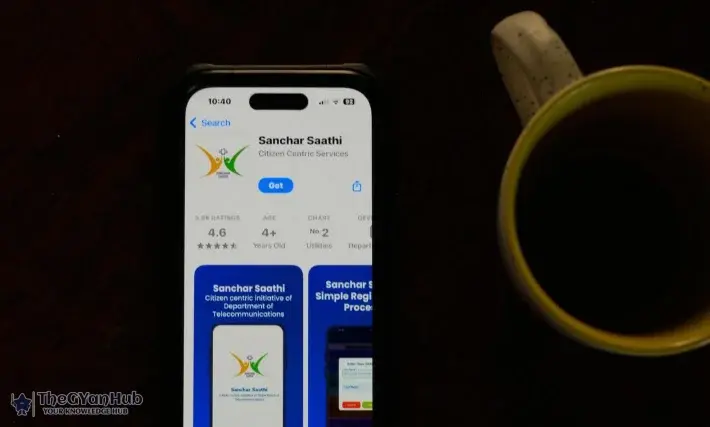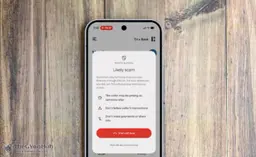I’m a passionate writer who loves exploring ideas, sharing stories, and connecting with readers through meaningful content.I’m dedicated to sharing insights and stories that make readers think, feel, and discover something new.
1. What Should You Know Before Learning Angular?
Before starting with Angular, you need to be clear about a few essential skills:
HTML and CSS → To understand webpage structure and styling
JavaScript (ES6) → Arrays, objects, promises, arrow functions
TypeScript → Since Angular is fully based on TypeScript
If these three basics are clear, learning Angular will become much easier.
2. Angular Basics: Where to Start?
To understand Angular basics, you first need to install Angular CLI.
Install Angular CLI:
npm install -g @angular/cliCreate a new project:
ng new my-appUnderstand project structure →
src,app,components,modulesLearn how to generate a component:
ng generate component home
At this step, you will learn how to set up an Angular project and understand its structure.
3. Core Angular Concepts
Some core concepts in Angular will give you a strong foundation:
Components → Every Angular app is made of components
Templates and Directives → Such as
*ngFor,*ngIfData Binding →
Interpolation →
{{ }}Property binding →
[ ]Event binding →
( )Two-way binding →
[(ngModel)]
Learning these concepts will cover almost 70% of Angular basics.
4. Intermediate Concepts
Once the core concepts are clear, move on to intermediate topics:
Routing → Navigating between pages
Services and Dependency Injection → Creating reusable logic
Forms → Template-driven forms and Reactive forms
HttpClient → Making API calls (
GET,POST)
These topics will help you build real-world applications.
5. Advanced Concepts
After clearing basics and intermediate topics, move to advanced concepts:
RxJS and Observables → For asynchronous programming
Lazy Loading → To improve app performance
Route Guards and Interceptors → For security and API handling
State Management (NgRx basics) → To manage data in large apps
These concepts will take your Angular skills to the next level.
6. Practice Projects (The Fastest Way to Learn)
Along with theory, building projects is the most important part. Here are some small projects you can try:
To-Do App → To practice components and CRUD operations
Weather App → To learn fetching data from APIs
Login/Signup Authentication → To practice forms and routing
E-commerce Product List → To learn filters, cart, and checkout features
Building projects will boost your confidence and speed up your learning.
7. 30-Day Angular Roadmap
Week 1 → Basics (CLI, Components, Modules, Data Binding)
Week 2 → Routing, Services, Forms, APIs
Week 3 → RxJS, Lazy Loading, Guards, Authentication
Week 4 → 2–3 Mini Projects + Deployment (Firebase or Netlify)
With this roadmap, you can learn Angular properly in just one month.
8. Best Resources to Learn Angular
Official Docs → Angular.io
RxJS Docs → RxJS.dev
YouTube Channels → Codevolution, FreeCodeCamp Angular tutorials
Udemy Course → Maximilian Schwarzmüller’s Angular Course
These resources will help you gain in-depth knowledge of Angular.
Learning Angular is not difficult if you follow the right roadmap. By following this 30-day learning plan step by step, you can learn Angular from basics to advanced concepts within just one month. The most important thing is to practice daily and keep building small projects. That’s the real key to becoming an expert in Angular.
Related articles in this category
learn angular fastangular roadmapangular tutorial for beginnersangular 30 days guidehow to learn angular quickly









